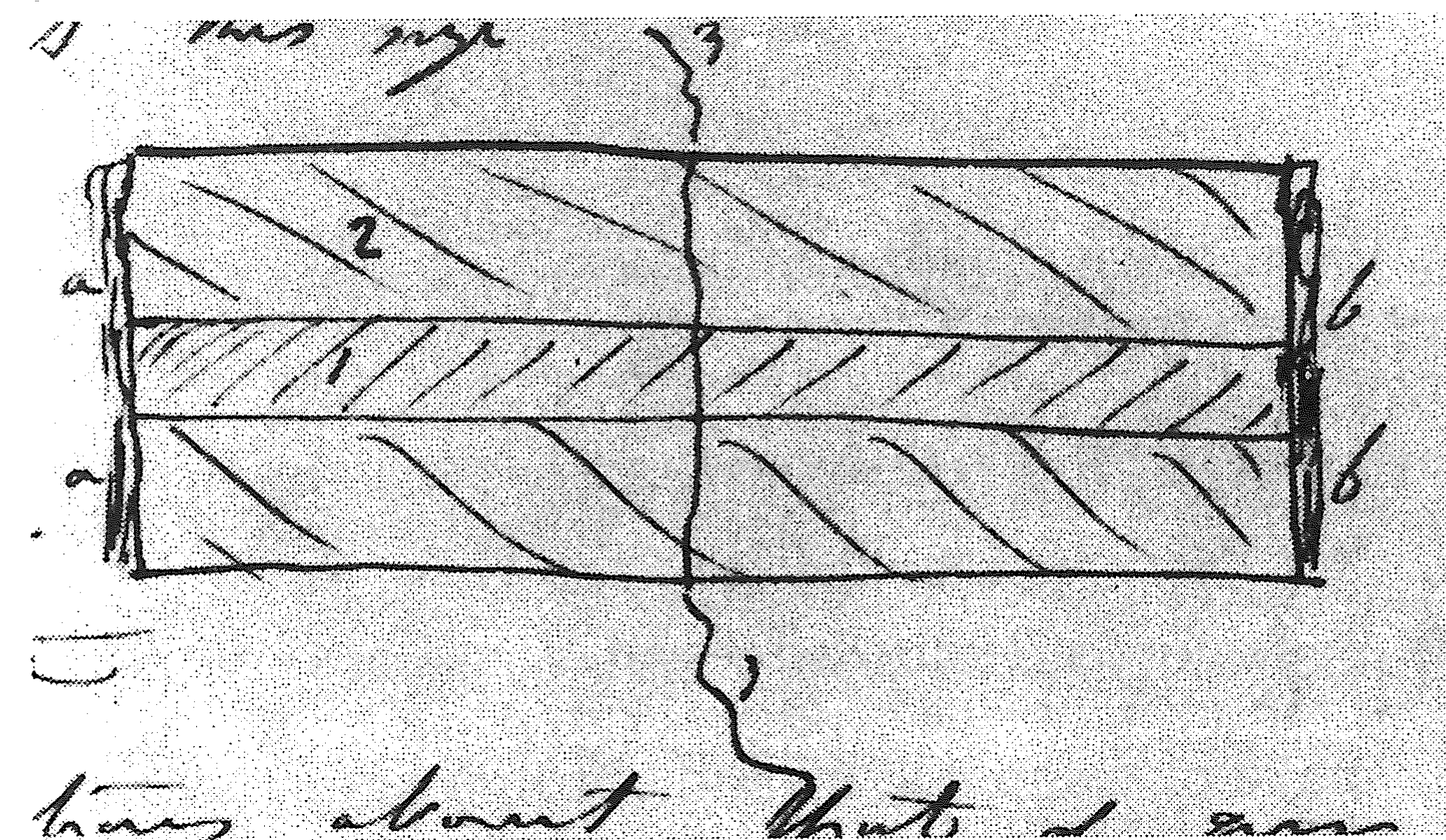George Butler to Faraday 3 March 18521
Confidential and immediate
Office of Ordnance | 3rd March 1852
Sir
I am directed by the Board of Ordnance to acquaint you that certain French shells containing combustible matter of a peculiar nature have recently been sent to England from Gibraltar, having been picked up after the French attack on Salee2, unexploded.
And the Board being desirous of ascertaining the nature of this composition, I am to request that you will favor them with your advice as to the best way of proceeding in the matter.
Should you consider it necessary to employ some practical chemist, the Board will thank you to name a person to whom immediate application may be made, as the Committee of Artillery Officers at Woolwich (to which Committee such matters are always referred) is already assembled at Woolwich.
Mr. Tozer3, of the Royal Laboratory Woolwich, has been directed by the Committee to wait on you for the purpose of affording any information in respect to the beforementioned composition which it may be in his power to give.
The Board, I am to add, fully appreciates your liberality and kindness on all occasions on which it has been necessary to apply to you.
I am Sir | Your most obedient | humble servant | G. Butler
Professor Faraday
Endorsed by Faraday:
The Exploding power of the fuze - in small quantity - detonated by blow or friction - contains Chlorate of potassa & Sulphuret of antimony.
The star or loose vessel is about this size

1 is a portion of black mixture seen here in section. It is apparently a coarse meal powder or powder composition consisting simply of nitre Sulphur & charcoal in proportions about that of gun powder. As the ends of the case are open at aa bb and are covered over with meal powder no doubt this is to be inflamed on the bursting of the shell which inflame the composition 1 which inflame composition 2 being aided in that by the quick match 3 which goes right through all[.]
3. is a yellowish brown mass - breaking under the pestle granular in appearance as if heterogeneous - smelling a little of camphor, softening & melting by heat[.] It fumes rises in part containing resin - chars - bursts into a flame - gives a vivid combustion at last as if nitre present - & finally acts on the platina by antimony in it. It takes fire by a flame but not very readily when hit goes on burning & burns well having access of air. It contains a resin as common resin - sulphur - nitre - no chlorate potassa - metallic antimony - and a wax. The proportions present are nearly

Bibliography
BROWN, Kenneth L. (1976): People of Salé: Tradition and change in a Moroccan city 1830-1930, Manchester.
Please cite as “Faraday2500,” in Ɛpsilon: The Michael Faraday Collection accessed on 28 April 2024, https://epsilon.ac.uk/view/faraday/letters/Faraday2500